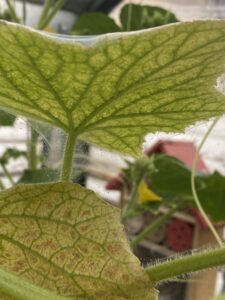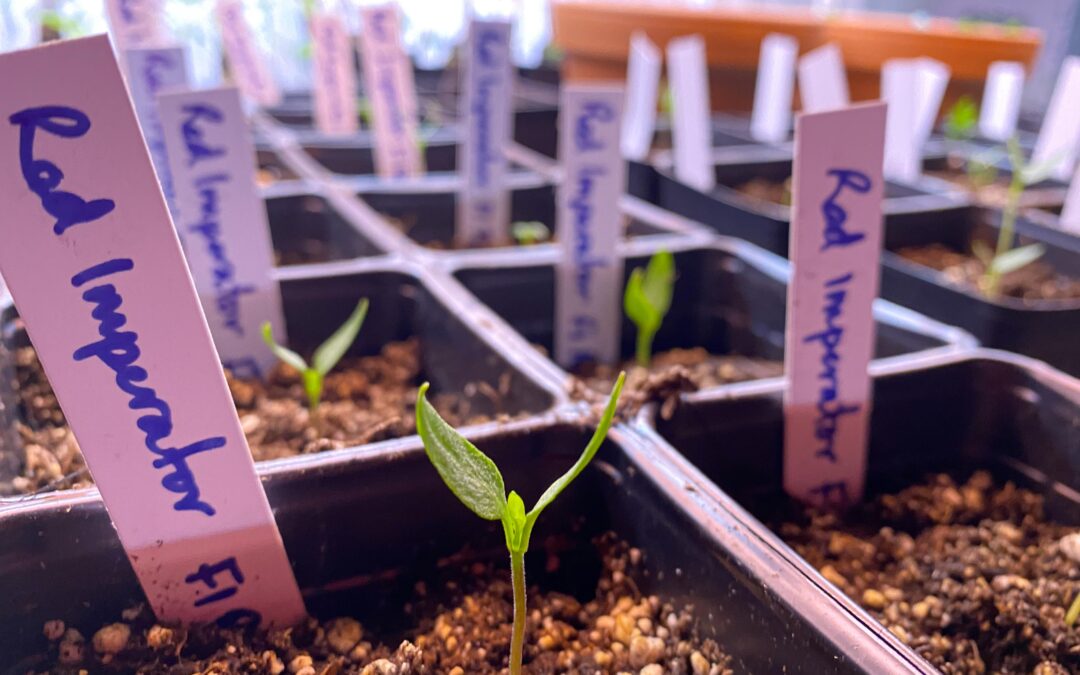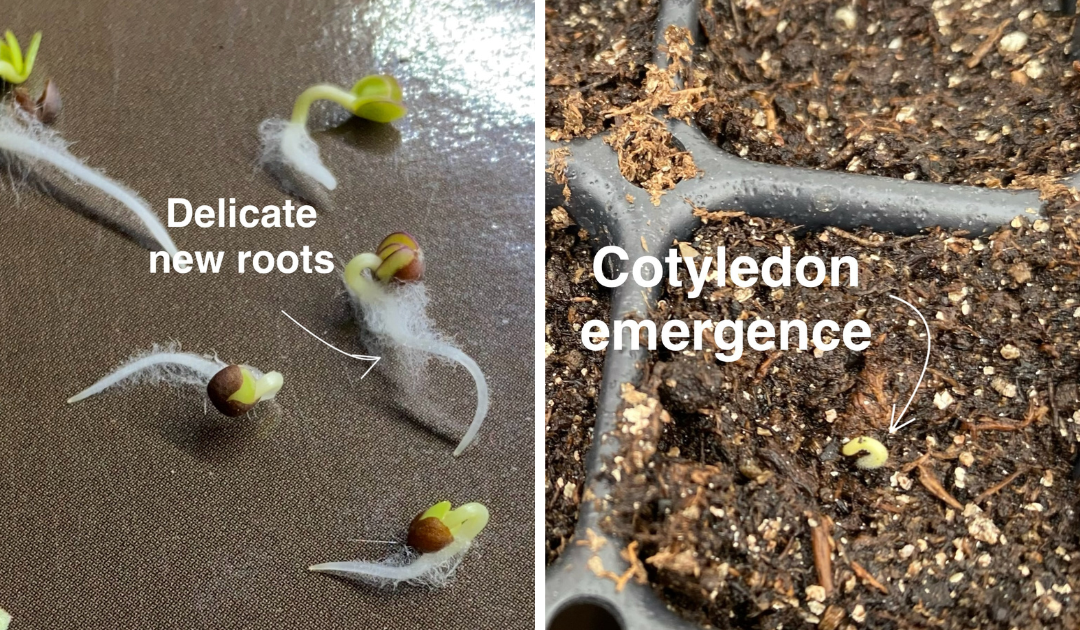 My cucumbers were doing beautifully until just a few weeks ago when the leaves started to show signs of spotting. This was a red flag that spider mites were setting up shop on the underside of the leaves and sucking the life out of the plant.
My cucumbers were doing beautifully until just a few weeks ago when the leaves started to show signs of spotting. This was a red flag that spider mites were setting up shop on the underside of the leaves and sucking the life out of the plant.
I suspected spider mites almost immediately because I’d had problems with them last year, had seen other signs of them earlier this year (and promptly removed the infected plant material) but here I am with a full blown infestation.
Of all the 1,200 species of spider mites on the planet, its most likely in Alberta that these are two-spotted spider mites (Tetranychus urticae). They are sooooo tiny (less than half a millimetre) they are almost impossible to see until there is a critical mass of them and plants are covered with a thin web.
In cool, damp conditions – like an Alberta outdoor garden in a normal growing year – spider mites aren’t generally a problem. They take about 3 weeks to live their full life cycle. But when things get hot and dry, like Alberta summer 2022 inside a greenhouse, the cycles speeds up to as little as 3 DAYS from egg to adult. A female lays about 10 eggs per day on the underside of leaves. As soon as they hatch they are considered larva, then they become web-building protonymphs and then deutonymphs before adulthood.
They literally suck the life out of a leaf. They chew through the cells on the underside of a leaf which damages the plant’s ability to photosynthesize and they lose moisture and stand growth and eventually just die. *sigh* With a cucumber or tomato, a whole crop can die if as little as 30% of the plant is infected with these nasty mites.
How do you get rid of this army of mites? Sadly, it’s not easy. I’ve tried removal of infected plant material (limited success). I’ve tried spraying with food-safe insecticide (with limited success and tightened concern about chemical use and risk of killing beneficial insects). This year, I’m upping my game and buying a biological treatment: Phytoseiulus persimilis.
Persimilis is a predatory mite that likes to feast on two-spotted spider mites as much as the TSSM likes to feast on my plants. They will feed on all stages of the mite but really prefer to eat the eggs.
I’m ordering a small vial of the mites and will sprinkle them on to the infected plants to see if that puts a dent in the devastation. I’ll post an update. Fingers crossed!
UPDATE:
There is a very noticable slow down in mite activity after applying P persimilis. And existing plant matter regained some of its green vigour, indicating photosynthesis had resumed and plants weren’t under stress. Next year, I’m ordering the predatory mites in early June and adding them to the garden just in case there are some who over winter.



